Activity Content Sections
Instructions
Relevant Terminology
Lidar: Light detection and ranging. A system that measures the time it takes for light to bounce off a remote object and return to the sensor to calculate the distance to that object.
Laser: Light that is of a pure color and whose waves are all in phase. It is a very focused type of light that is used to measure distances in lidar units.
Resolution: The number of data points that you take in a certain area. The more data points, the higher the resolution, and the more accurately your map reflects the actual object you are imaging.
Remote imaging: Any technique that creates a picture or map of an object from a distance.
GPS: Global Positioning System. A system of satellites and receiving units that accurately tells you where you are on (or above) the Earth’s surface.

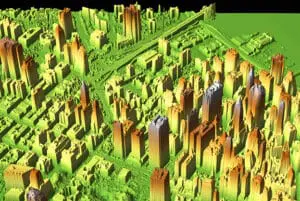
 GETTING READY
GETTING READY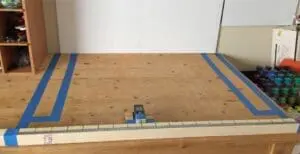 Create a back wall with foam core or use an actual wall.
Create a back wall with foam core or use an actual wall.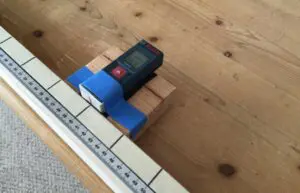

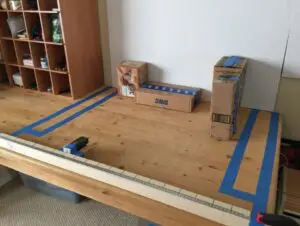
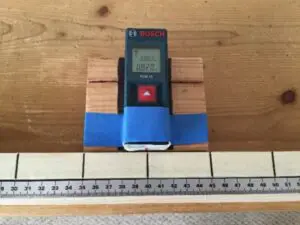
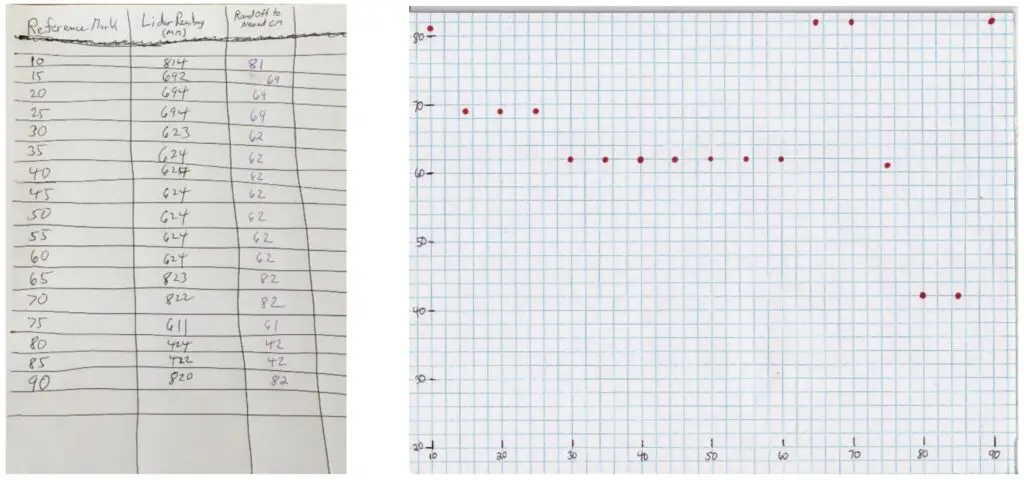

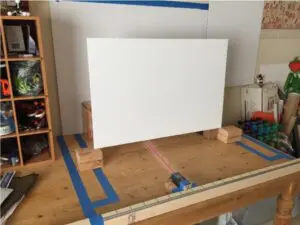 Explain that in a real-life situation, lidar data points are taken without actually seeing the objects or landscape being imaged. In fact, data collection may be completely automated, with nobody actually looking at the landscape. Invite participants to try their hand at mapping a landscape that they cannot see: Place a piece of foam core in front of the boxes as shown. The foam core must be mounted with a gap at the bottom so that the laser can shine underneath it to the boxes. Have one participant secretly set up the boxes to make a landscape, and a second participant take lidar measurements and do the graphing to try to construct an image of the landscape.
Explain that in a real-life situation, lidar data points are taken without actually seeing the objects or landscape being imaged. In fact, data collection may be completely automated, with nobody actually looking at the landscape. Invite participants to try their hand at mapping a landscape that they cannot see: Place a piece of foam core in front of the boxes as shown. The foam core must be mounted with a gap at the bottom so that the laser can shine underneath it to the boxes. Have one participant secretly set up the boxes to make a landscape, and a second participant take lidar measurements and do the graphing to try to construct an image of the landscape.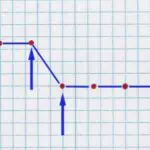
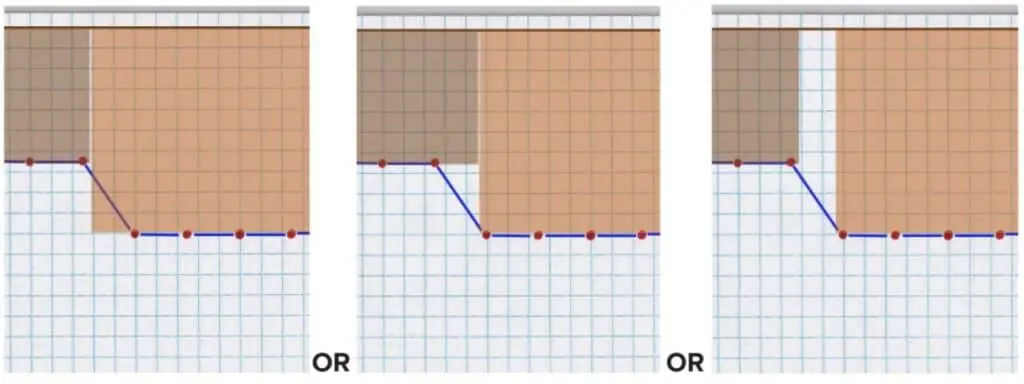
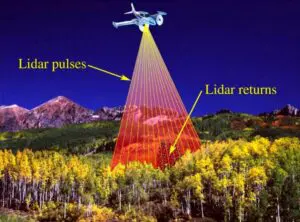
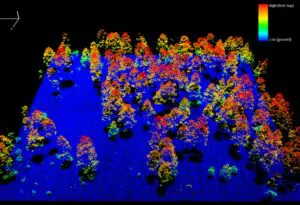

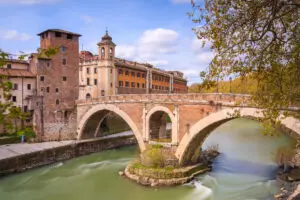
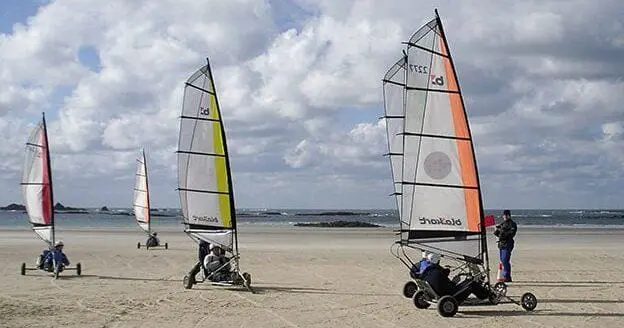
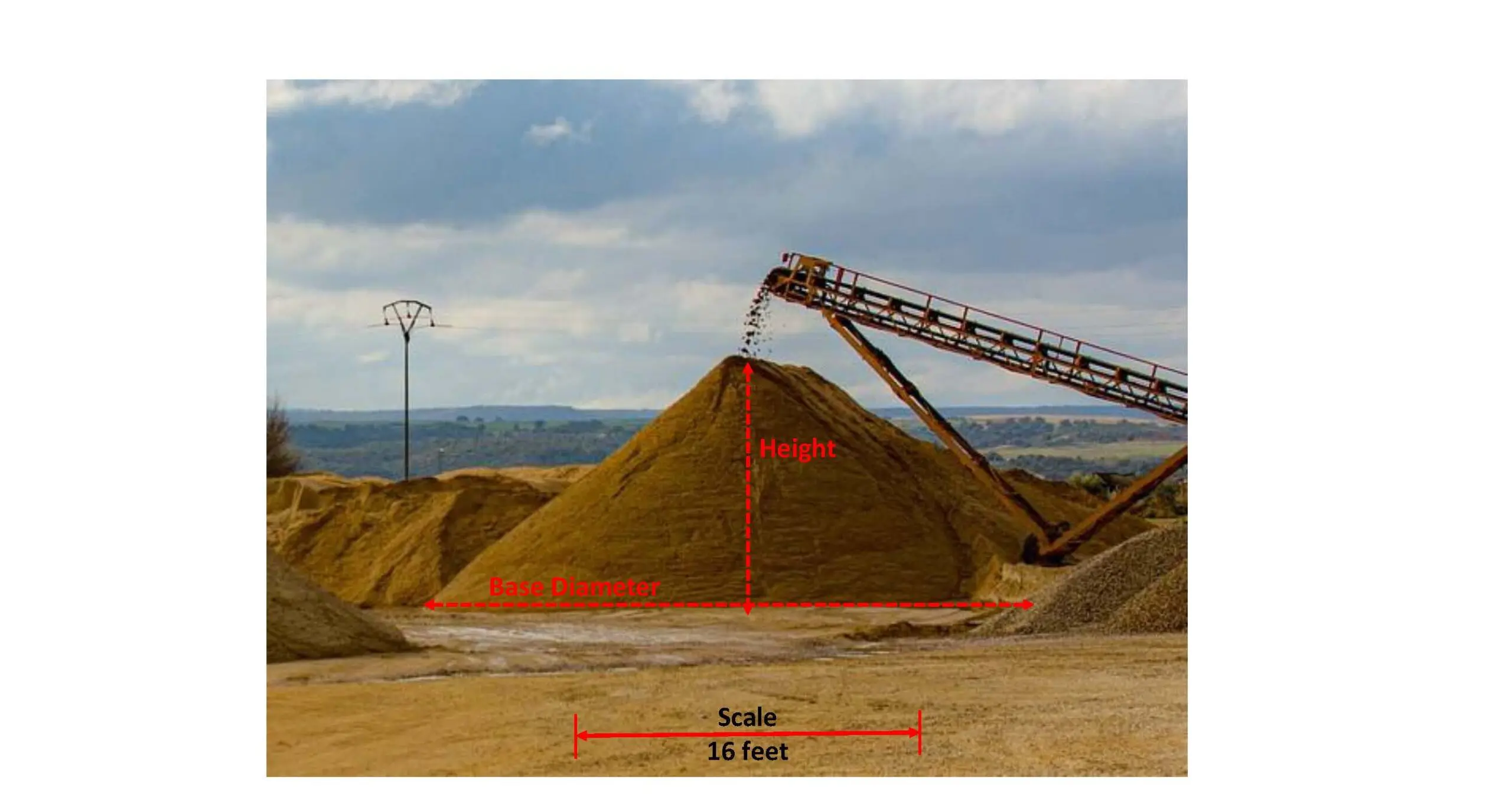
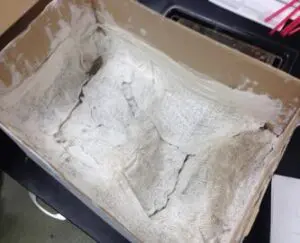
Leave feedback form
Thank you! Your submission is processing.